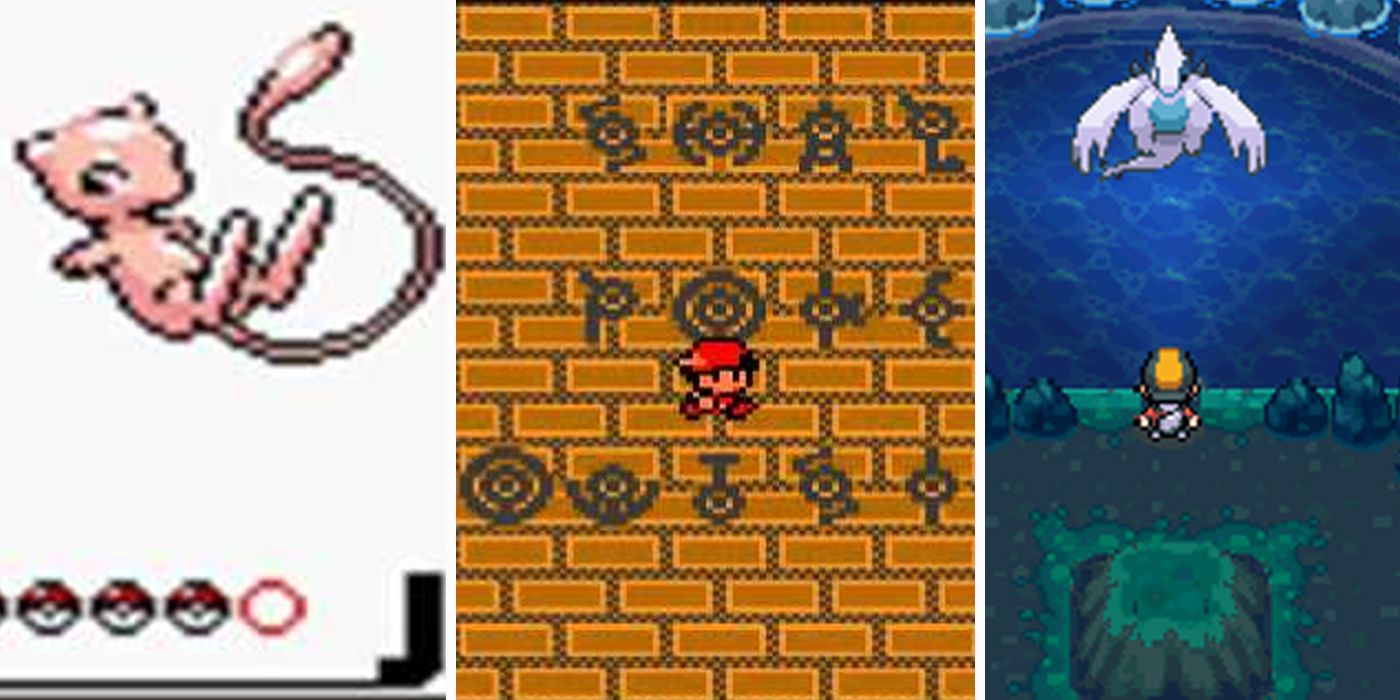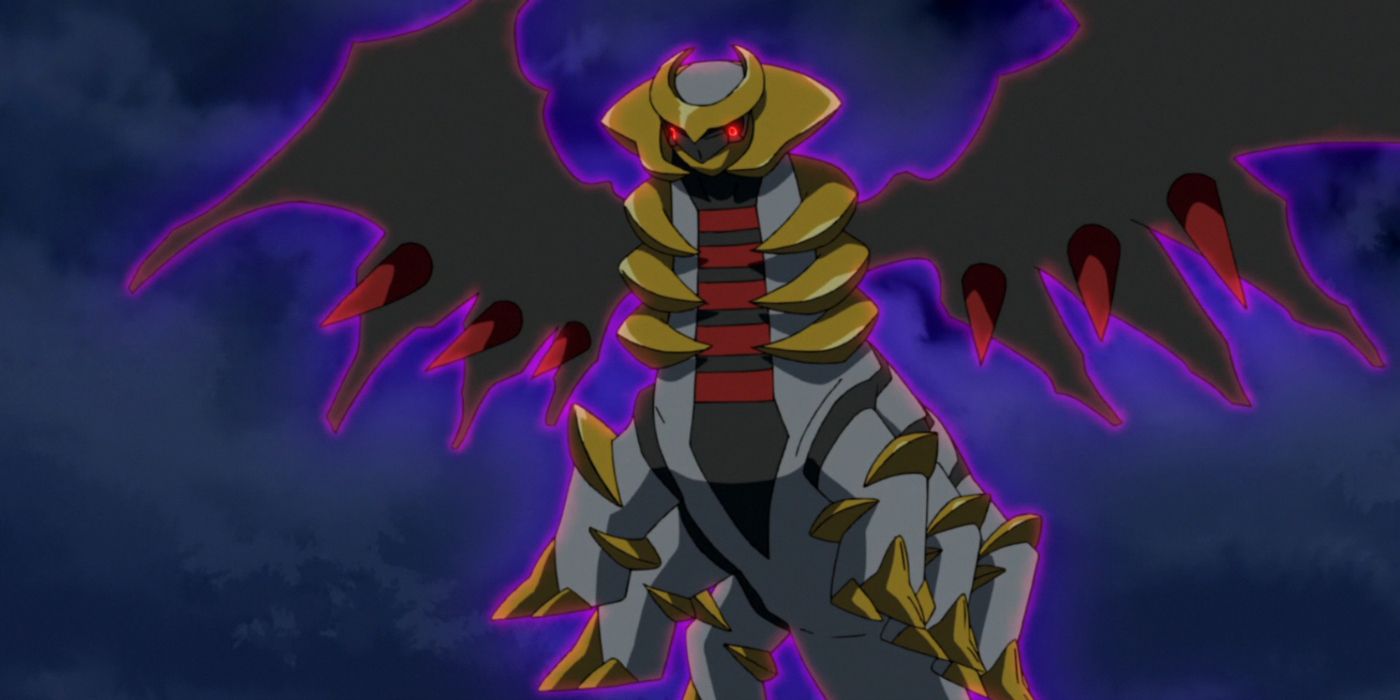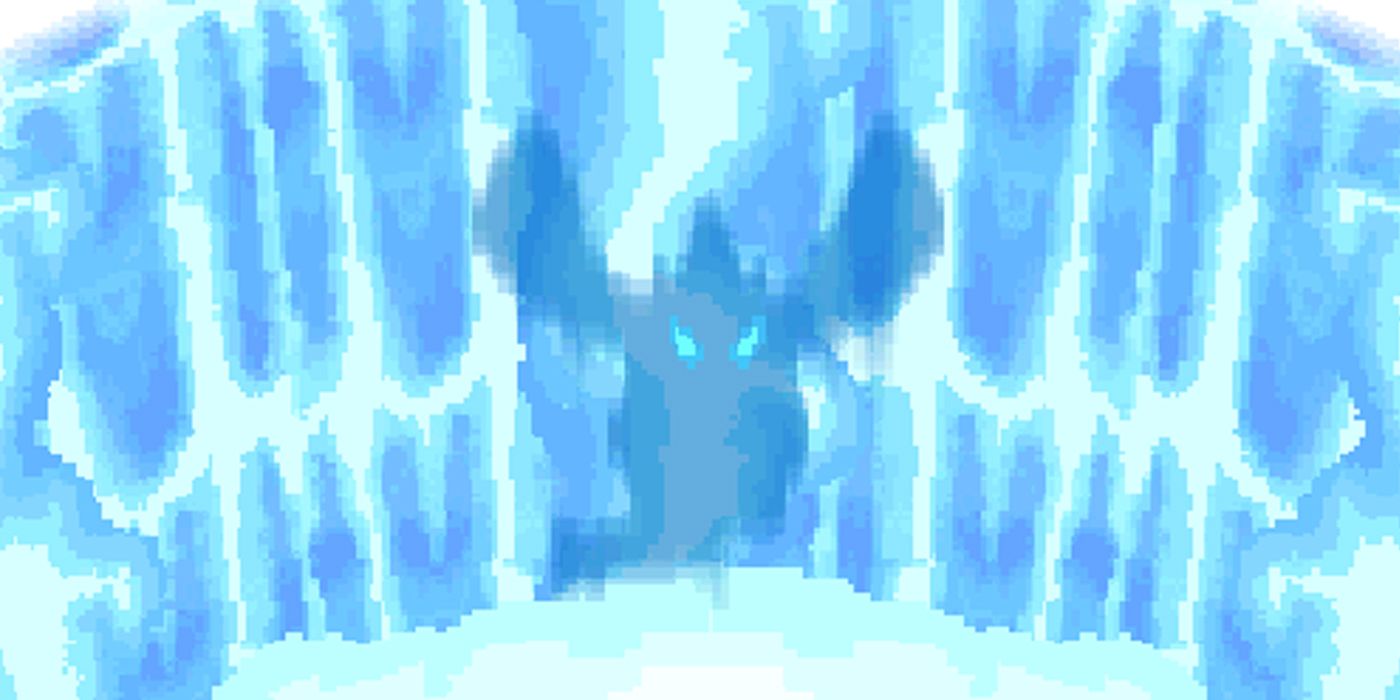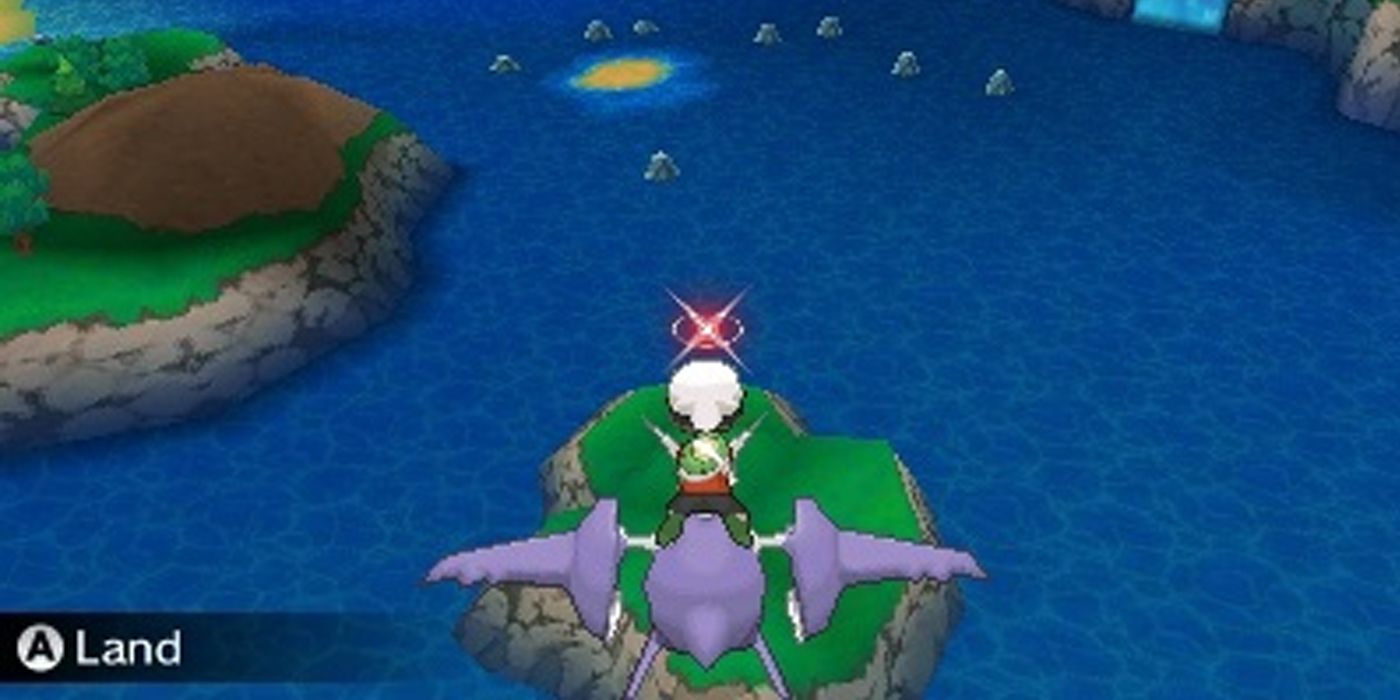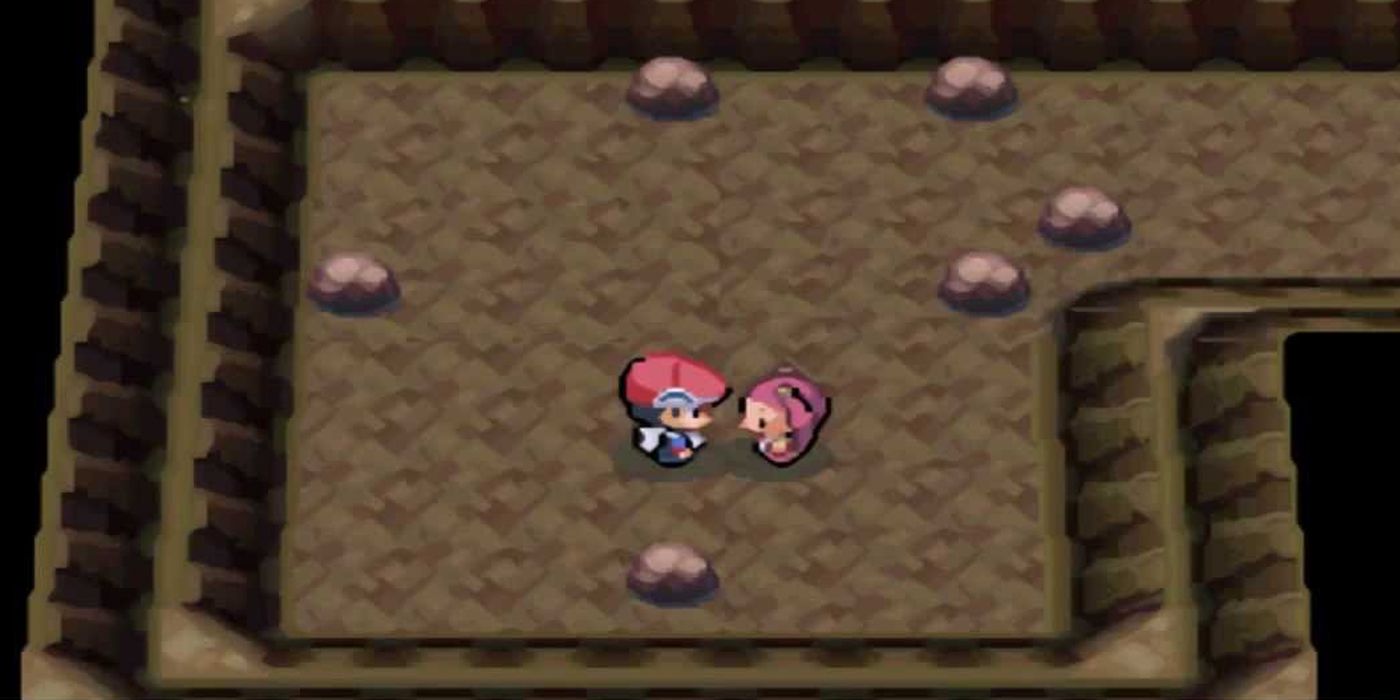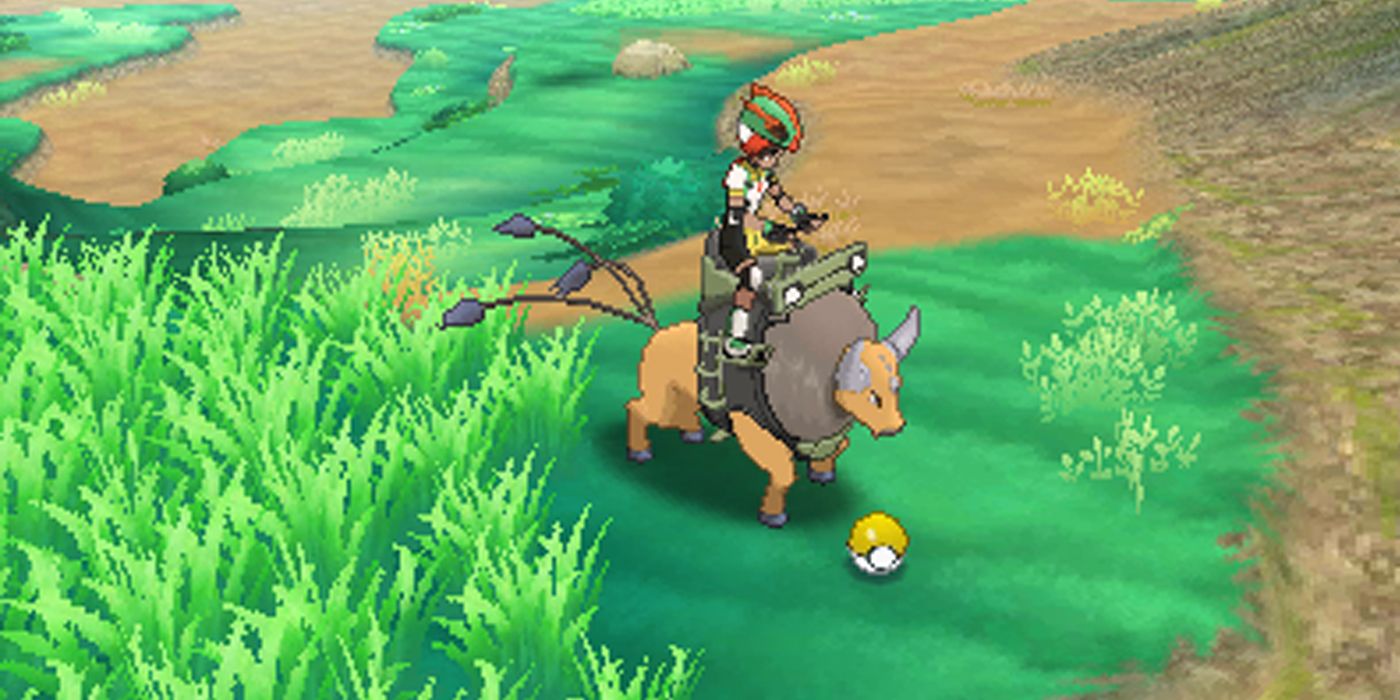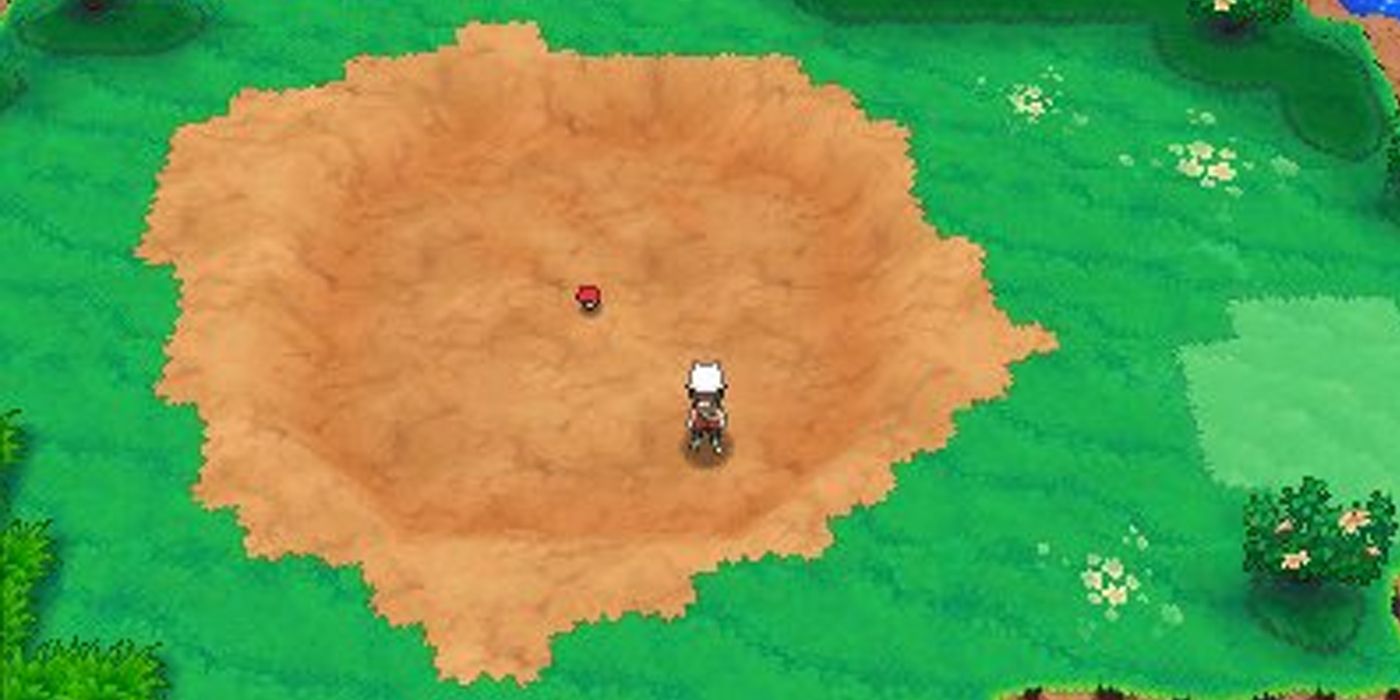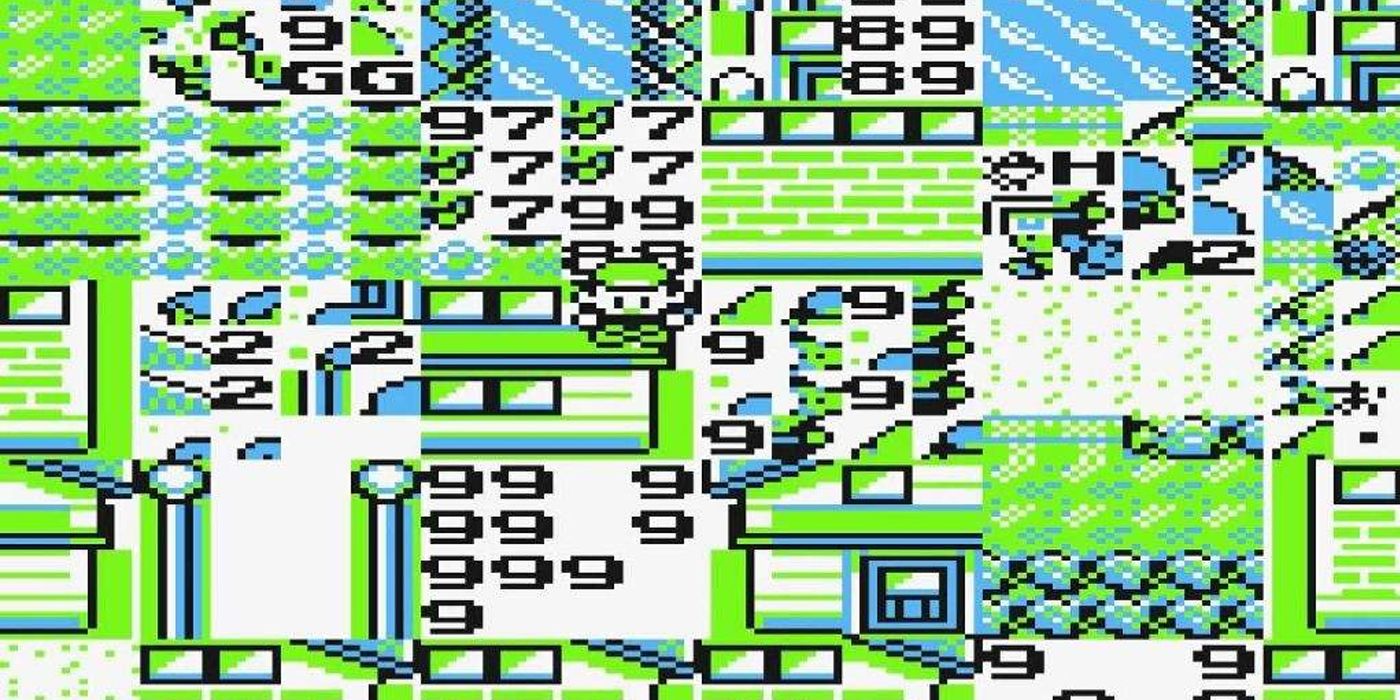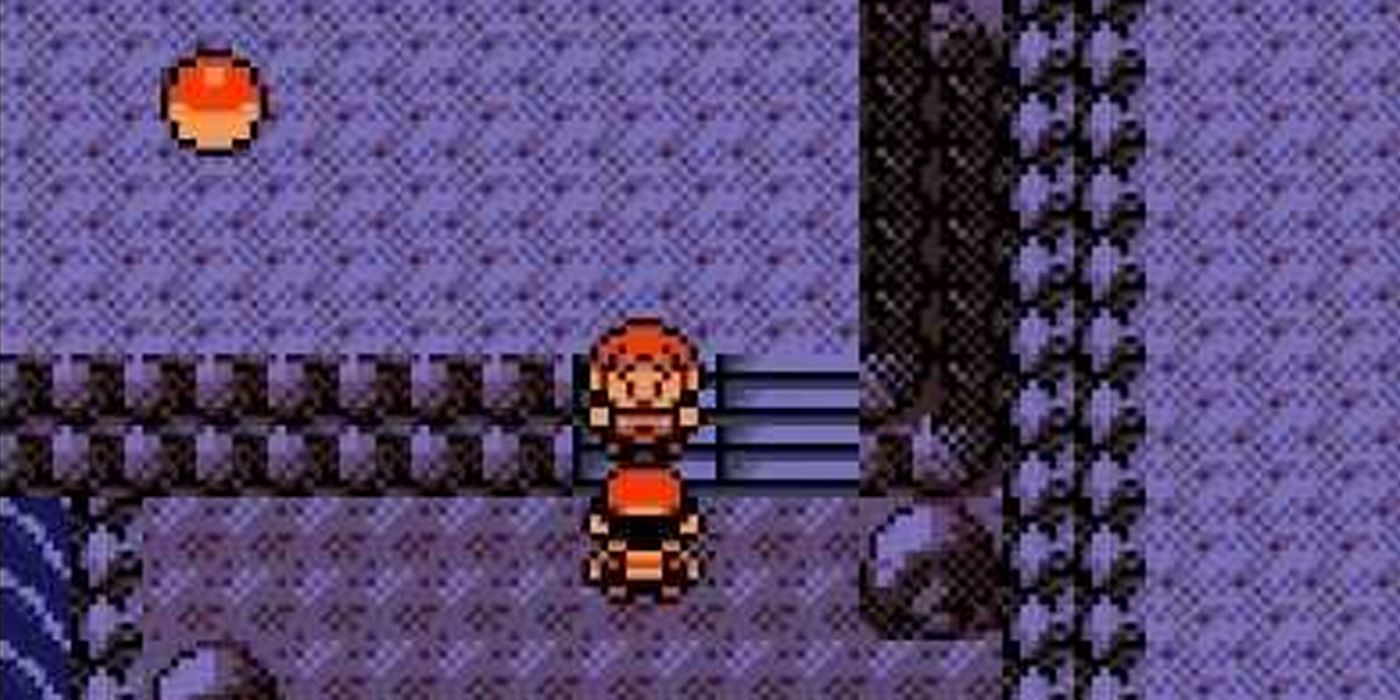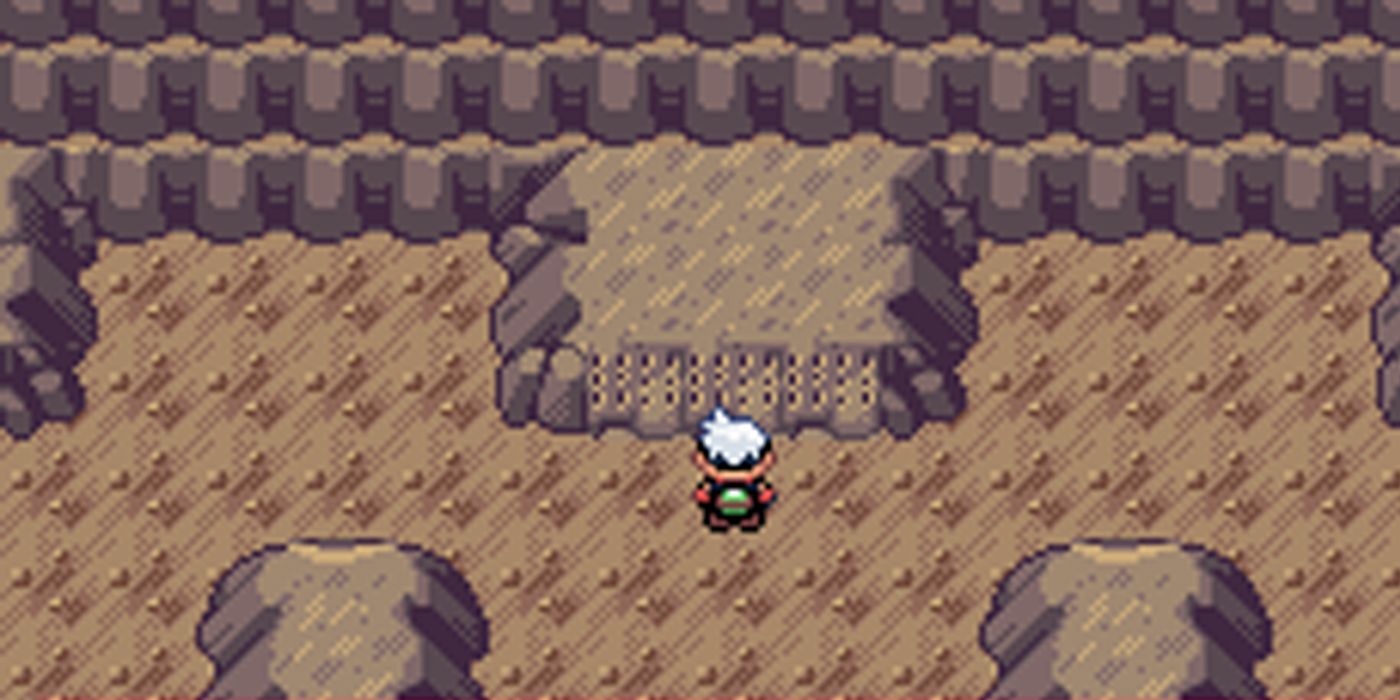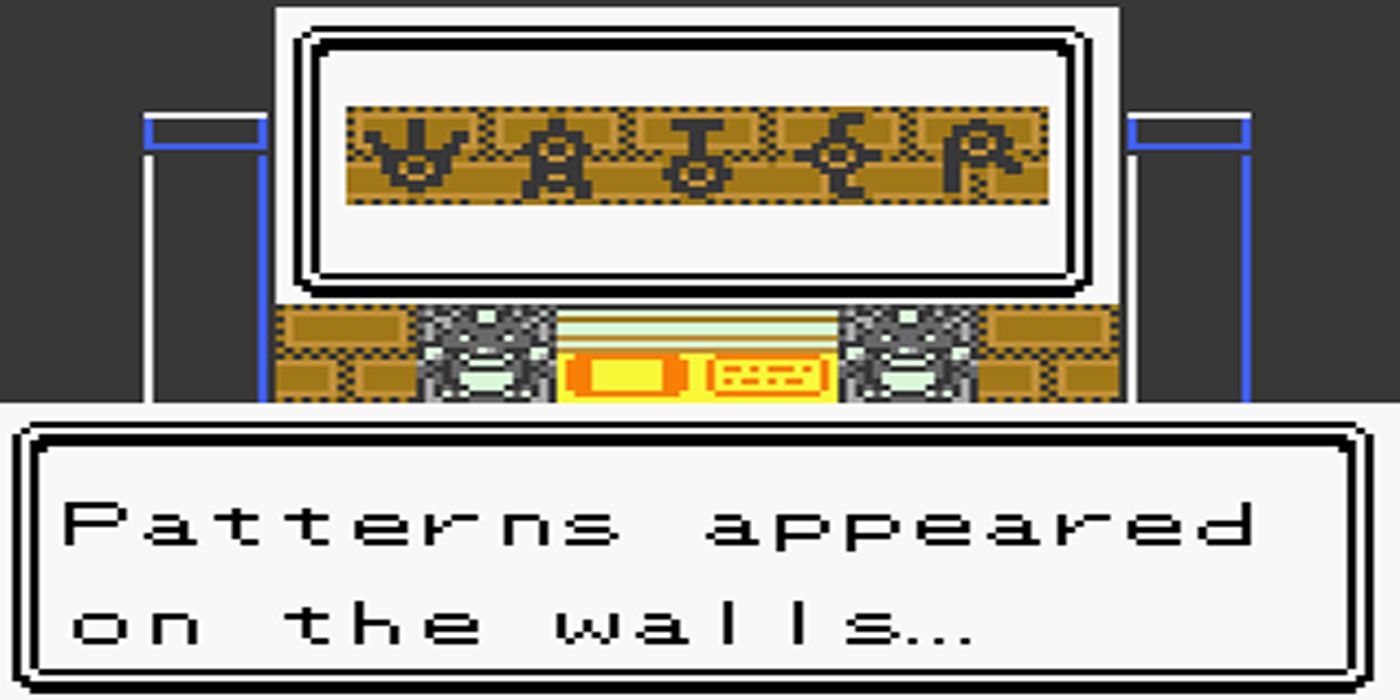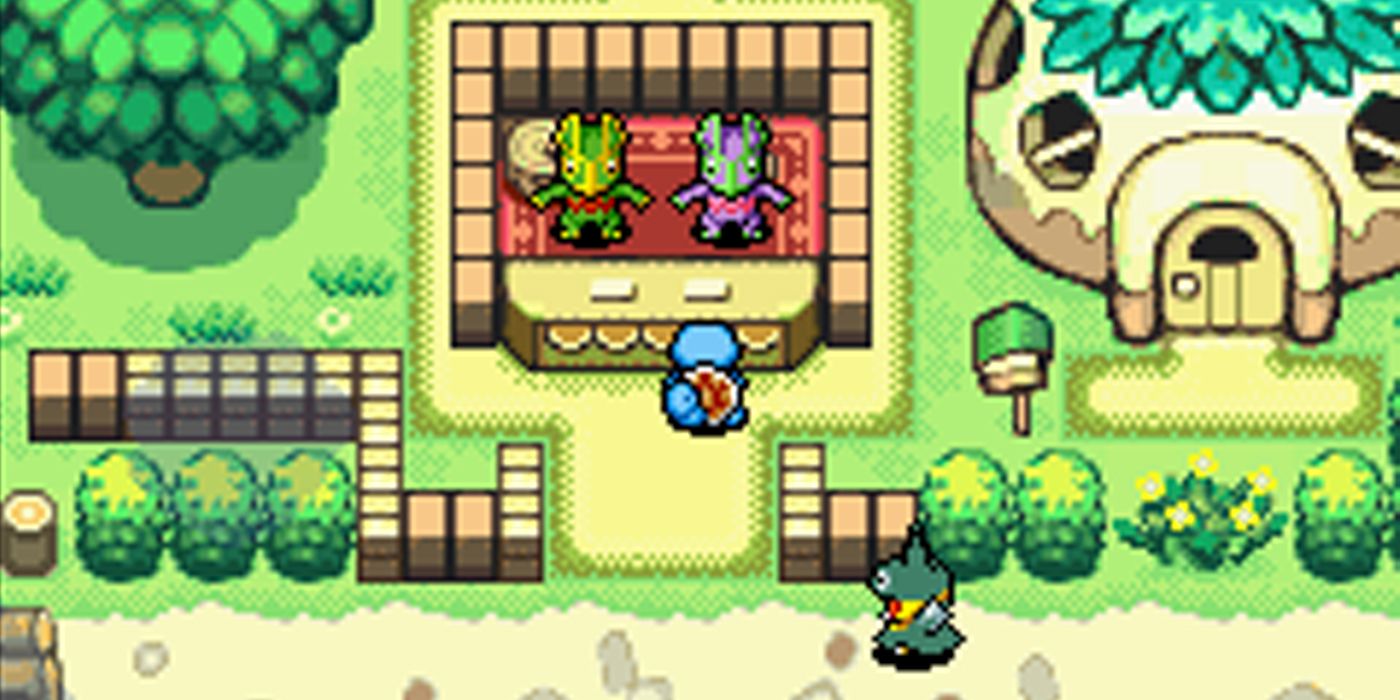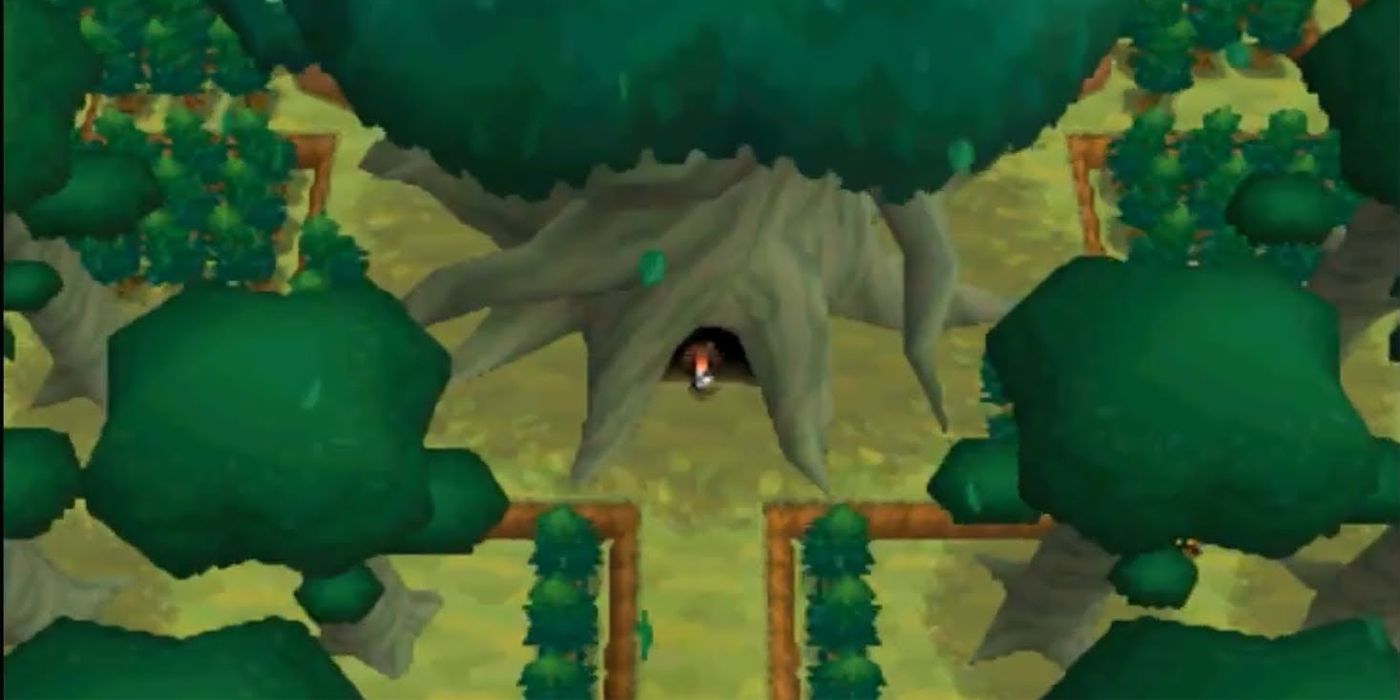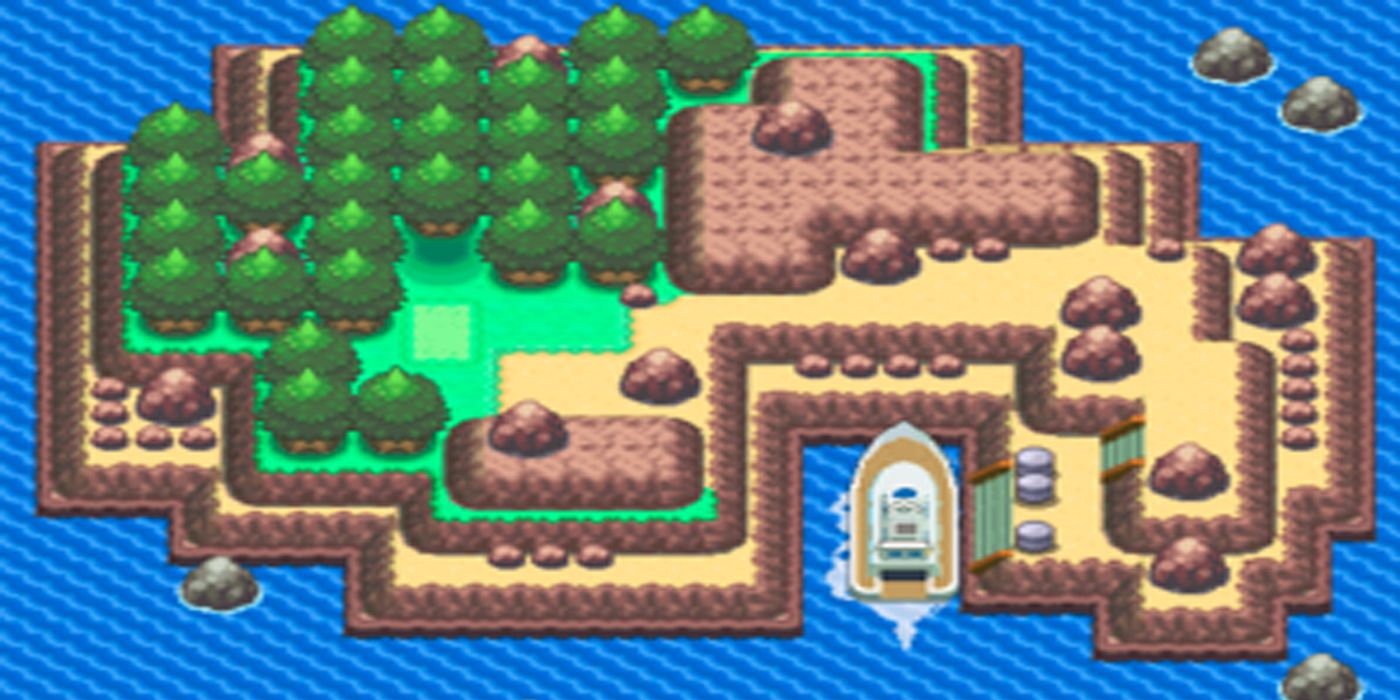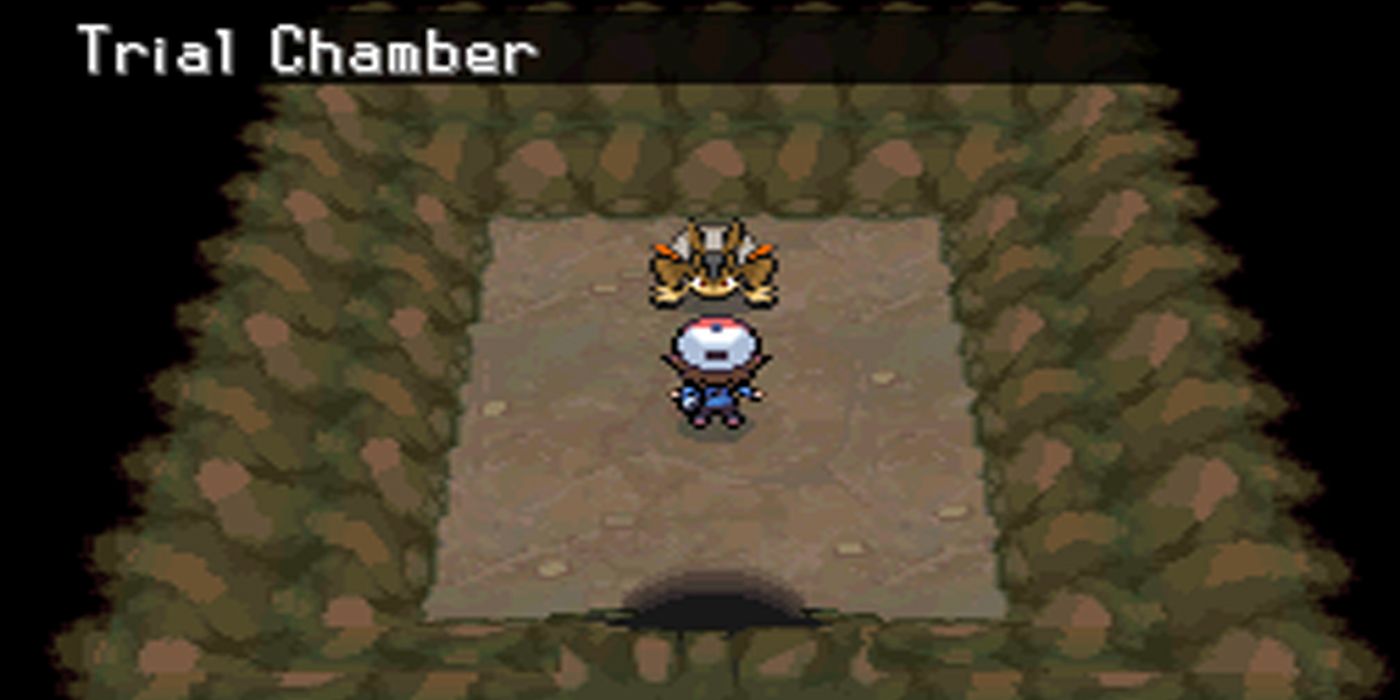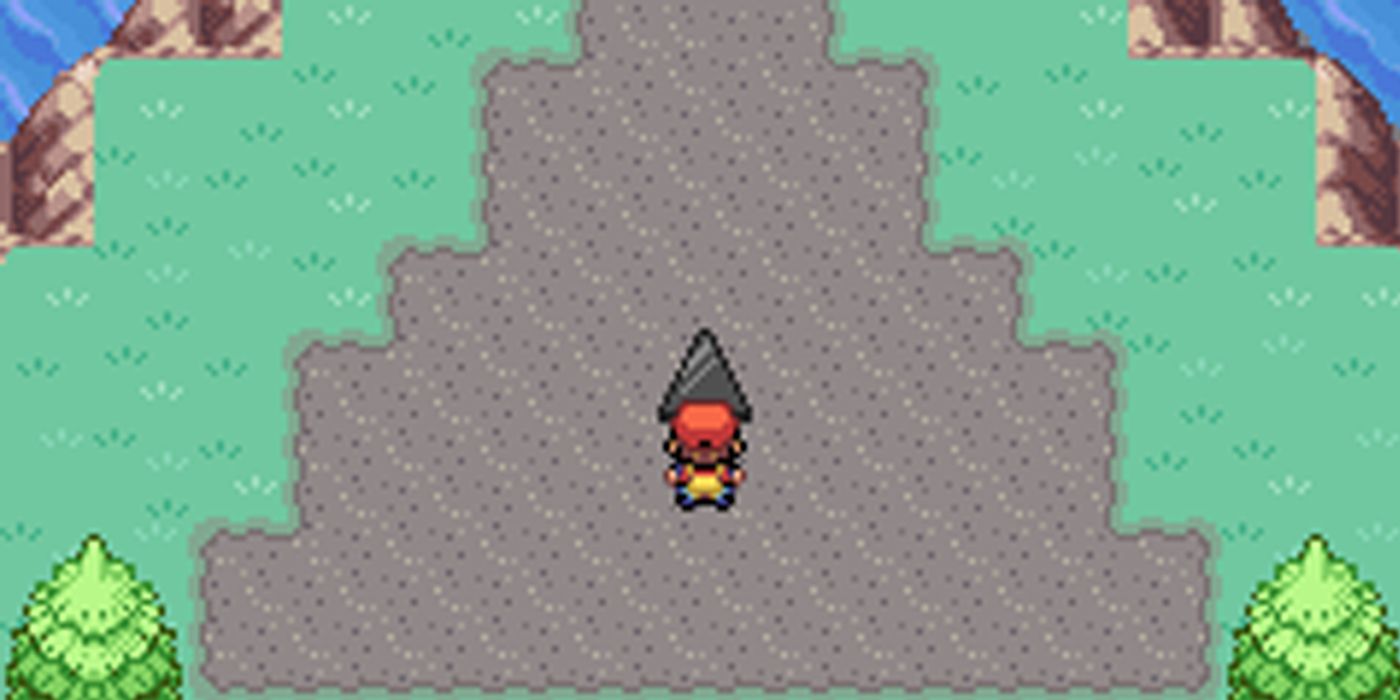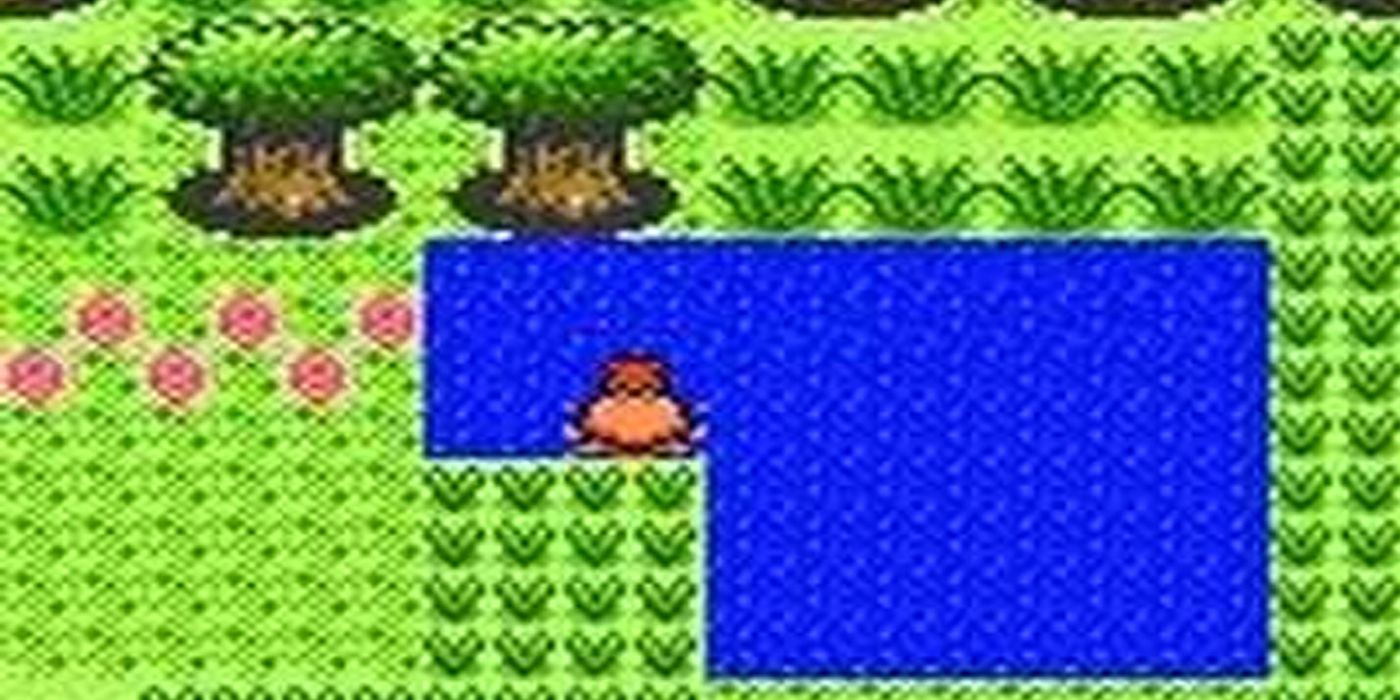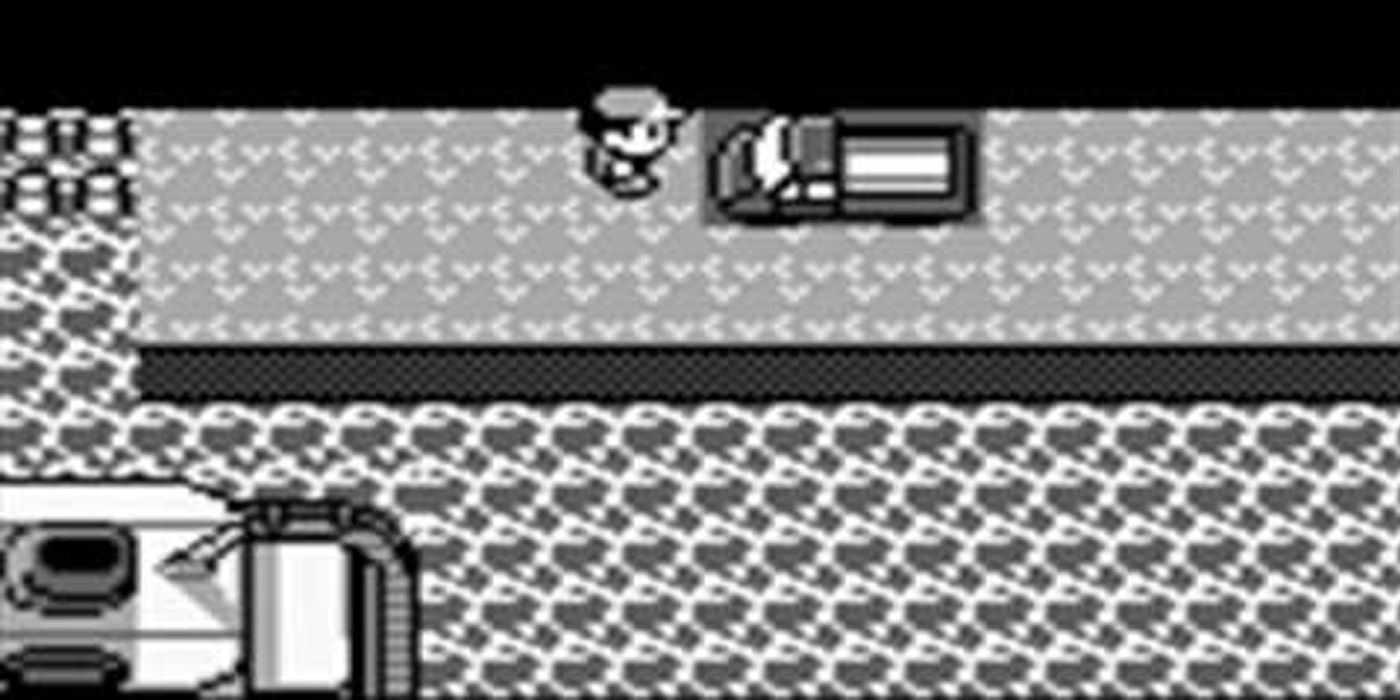Sing it with us now, '90s kids: I wanna be the very best, like no one ever was... Pokémon was arguably the biggest cultural phenomenon to come out of the late '90s and early 2000s. Even if it wasn't the biggest, the series has had more staying power than anything else to come out of the era; the Pokémon cartoon has 19 seasons under its belt, on top of seven generations worth of main-series games and countless spinoffs.
A huge portion of Pokémon's success comes from the uniqueness of its games; each title plays like an open world RPG combined with a trading card collection game. It has also prided itself on releasing multiple versions of each title, so that players would need to buy multiple versions to have access to all the items and Pokémon contained within them.
The game's RPG-like nature means that often times players could complete the entire main story without even touching certain areas of the game. Sometimes it's simply because you run out of time. Other times it's because the area is locked behind a puzzle that your young mind couldn't comprehend. Whatever the case, there are lots of areas in the Pokemon games that are undiscovered by the casual and die-hard fan alike.
Here are 17 Hidden Areas You Never Found in Pokémon!
Turnback Cave
Ever since Gen II, the Pokémon games have attracted players to choose a version based upon whatever Legendary they preferred (which usually appeared on the cover). In Gen IV, fans were treated to a third, secret Legendary Pokémon named Giratina. The only Ghost/Dragon type of its kind, the Legendary is known to come from the "Distortion World."
In order to get to Giratina, players must go through a frustrating puzzle: The Turnback Cave. Inside this cave is a series of randomly generated rooms with a door on each wall. The goal is to find the rooms with a pillar three times; if you complete this, you get a shot at capturing the Legendary. If you make a mistake or go through the wrong door, it takes you right back to the beginning. Many players have never seen Giratina because they have gotten so frustrated with the puzzle.
The Whirl Islands
The Whirl Islands are the home of Lugia, Guardian of the Seas. The islands first made an appearance in Pokémon Silver, Gold, and Crystal, nestled out in the middle of the ocean, between the Jhoto mainland and Cianwood City. Unlike many entries on this list, the Whirl Islands are not hidden; in fact, they are visible to all that are passing by.
What makes this a "hidden area" is the fact that you can only access the land masses once you teach the move "Whirlpool" to a Pokémon. After that, you cannot proceed deeper into the caves unless you have a companion that knows the move "Waterfall." If that wasn't enough, you cannot truly complete the challenge and capture Lugia without having the Tidal Bell and the Silver Wing items.
Without prior knowledge, the Whirl Islands appear as a pointless series of Pokémon-farming caverns.
Nameless Cavern
A few generations in, Pokémon realized that it could capitalize off of the nostalgia of its original fans by remaking games that had come before it; Gen III gave us Pokémon Fire Red and Leaf Green, Gen IV featured Heart Gold and Soul Silver, and Gen VI had Omega Ruby and Alpha Sapphire. Each of these games contained the features of the originals while adding new elements to make them fresh.
Omega Ruby and Alpha Sapphire added the Nameless Cavern to the region of Hoenn, but only under certain conditions: Players had to have at least three Pokémon in their party with max levels of Friendship. Then, they had to use the "Soaring" ability (which requires a specific item0 with either Latios or Latias, who are both themselves Legendaries) to get to the island. Even if you know what you're doing, finding the Nameless Cavern is no small feat!
Wayward Cave's Hidden Entrance
The Fourth Generation of Pokémon games were the first to appear on Nintendo's revolutionary DS Handheld. Unlike previous entries in the series, Diamond and Pearl allowed players to have instant access to menus while simultaneously navigating the terrain or battling other trainers. It also was the first to have fully-rendered 3D graphics.
Everyone who has played these games knows about Wayward Cave, a series of caverns underneath the Cycling Road. What some still don't know, however, is that there is a hidden entrance to the lower level of the cave west of the main entrance. Unlike the rest of the cave, the lower level tries to discourage players from using their bicycle to navigate it. This secret area is the only place in the game where players can catch a Gible in the wild.
Ten Carat Hill
After nearly twenty years of Pokémon games, Nintendo and Game Freak needed to go out of their way in Generation VII to keep things fresh and new. Sun and Moon were filled with innovative features such as Poke Rides, Z-Moves, Four-way Battles, and new "Aloha" evolutions. Though past games had always added new things to the franchise, Gen VII felt like the most radical departure yet.
One of these features, the Poke Ride, is required multiple times in order to get to explore Ten Carat Hill. In order to even access the area from the main game you have to use a Tauros Charge. Then, to get to other areas of the hill force, you must use Sharpedo Jet and Machamp Shove.
Carat Hill may not have any special Pokémon to catch or items to find, but it's about as cryptic to find as you can get.
Mirage Island
Gen III was the first generation of Pokémon games that took things to the next level. Because the Gameboy Advance was more technologically advanced than the original Gameboy, the programmers could get more in-depth with their Easter eggs and hidden features.
Deep within the code of Ruby and Sapphire was an algorithm that randomly generated two bytes of data. If these two bytes matched those of any Pokémon the player had in their party, Mirage Island would appear in the middle of Route 130. However, the chances of each Pokémon matching the bytes randomly generated are 1/10923; very few have found this Island naturally!
If you are lucky enough to find the hidden area, you will be awarded with a Liechi Berry (an item that raises the attack power of whatever Pokémon is holding it).
Glitch City
Surprisingly, Generation I didn't have a ton of secrets. Sure, it had the three Legendary Birds and some special Pokémon tucked away in certain locations, but overall the inaugural Pokémon game wasn't as secret-laden as later entries in the franchise. It was straightforward and built from the ground up to be a new gaming experience; the programmers didn't have time for secrets!
One dedicated player discovered what has gone down in history as the "Glitch City." The convoluted way to get to this area is as follows: repeatedly try to leave Safari Zone, but say "no" each time you are asked. When the player finally leaves and takes 50 steps in any direction, they will be transported to a glitched-out version of a standard in-game city. The only way to escape is to use "fly" to get out of the town.
The Lapras of Union Cave
One of the major features of each new generation of Pokémon games is that there is a completely original roster of monsters to catch with each new title that is released. However, this sometimes comes at the expense of the previous generations of Pokémon; catching all 802 of the creatures is next to impossible for most modern-day players. However, the best of the best usually get carried over into new additions.
In Silver and Gold, some of the Gen I Pokémon could not be captured until half of the game was completed, and some of them didn't appear in the wild at all! If you wanted to catch your own Lapras (a dragon/seaturtle hybrid), you had to venture to Union Cave. The only way to find the elusive Pokémon was to defeat Gym Leader Morty and visit the cave on a Friday.
The "Regi" Caves
Each Generation of Pokémon comes complete with their own Legendaries. In Gen I and Gen II, we got the three birds and the three dogs. In Gen III, players were given a trio of Golems called "The Regi."
To find any of these Pokémon requires the player to unlock their three caves. In order to do this, they have to solve a puzzle in the Sealed Chamber and then proceed to each of the individual dwellings. One requires you to walk counterclockwise around the room multiple times, another sees the player cryptically walk to a rock and use "smash," and the last must be opened by using "fly" or "flash" in the middle of the room.
If these are done successfully, the player will have a chance to catch one of the Legendaries.
Messages in the Ruins of Alph
One of the biggest "unknowns" of the Pokémon universe is, well... the Unknowns! The ancient beings have a mysterious origin that has yet to be explained in the lore of the universe. Each creature takes on the form of one of the letters of the alphabet, and have been known to band together to form cryptic messages for players to read.
In Gen II, the Unknowns mostly hang out in the Ruins of Alph, a place filled with mysterious puzzles of both the pictorial and written variety. Solving each of these trials grants the player a different reward. The picture sliders increases your chances of encountering different Unknowns, while the word puzzles gift players with items like berries and potions and revives. Though the Ruins are common knowledge, there are those who still to this day not sure what the messages mean...
Town Square Surprise
In the Pokémon Mystery Dungeon games, you played as the Pokémon themselves rather than the trainers who owned them. It also differentiated itself from the series by changing up the gameplay; instead of allowing players to use items and then attack, every single move (including those of your own feet sometimes) counted as a turn during your battle. Pokémon were also able to communicate in English.
When they weren't out on their adventures, the characters of the game could often be found in a town that acted as their "home base." What many people don't know, however, is that the developers sneaked in a preview of the Pokémon from the upcoming Generation. A Munchlax will appear at random in the town square, asking for an apple. Though you can't recruit him for your team, the random Munchlax offers some hilarious comic relief for the game.
The White Treehollow/The Black Tower
Pokémon Black 2 and Pokémon White 2 are rare in that they are the only time true "sequels" to a previous game in the series; they both take place in the exact same region where Black and White occurred and feature many of the same characters and gameplay mechanics. This was pretty of cool because it let us see a natural progression of the region rather than sending us to a new one.
The White Treehollow and the Black Tower serve the same function in their respective games: to run the player through the ringer in ten brutal rooms of trainers! The only way to access these areas is to finish the "main" story and get yourself in the Hall of Fame. Then, you must defeat Pokémon Champion Adler in Floccesy Town. Then (and only then) do you get the privilege to challenge the tree and the tower.
Newmoon Island
It goes without saying that the further along in the series Nintendo got, the more intricate they made their games. By the time Generation IV rolled around, most gamers now had access to constant Wi-Fi wherever they went. This made it possible for the company to do limited time "events" for their game that allowed those who participated to have access to rare items and Pokémon.
To get to Newmoon Island, you had to take part in a Wi-Fi event Nintendo did in 2009, where you'd receive a "member card." This allowed you to talk to an old man who would boat you off to the island. While on the boat, the player has a nightmare and gets the chance to catch the Legendary Darkria. If you weren't playing back then, fear not; there are multiple ways to get to Newmoon Island through glitches, but they are far too complicated to explain here!
The Trial Chamber
Anyone who has ever played a game in this franchise is familiar with Victory Road. In every single game so far, it is the name given to the path that leads up to the Elite Four (the most powerful Pokémon trainers in the world). Normally, some epic music plays that helps build the player's excitement for the game-ending challenge to come...
When Black and White rolled around, Nintendo decided it was time to sneak something into the epic path. If the player has already encountered Cobalion in his dwelling inside Mistralton Cave, then they will be able to use Victory Road to get into the Trial Chamber, where they will face down Terrakion (the most fierce of the Swords of Justice Pokémon). It's a fitting reward for someone who has made it so deep into the game!
Birth Island
Surprisingly, the games on the Nintendo DS weren't the first time Pokémon tried to reward players who stayed connected! Starting with Generation II and continuing onward, the games gave the players a "Mystery Gift" item that could be redeemed for cool in-game goodies. In Gen II, it was done via the Gameboy Color's infared sensor. In Gen III, it was done with the GBA's wireless adapter and an e-reader.
It was through this method that those playing Fire Red, Leaf Green, or Emerald were able to go to Birth Island. Nintendo sent out an exclusive mystery gift in the form of a boat pass; using it in-game took you to this island where there was nothing but a black triangle. Players who solved the puzzle got a chance to catch the Pokémon Deoxys.
The Safari Zone (Gold/Silver)
Up there with Victory Road and Pallet Town, the Safari Zone is as iconic to Pokémon as anything else! For those who don't know, this is an area of the game where players could pay a fee to enter an area full of wild Pokémon that they could capture without doing battle. In Generation II, the Kanto Safari Zone makes an appearance, but players cannot enter it. Instead, the National Park offers an alternative (yet similar) game.
However, the assets and programming for the Safari Zone in Gold and Silver are still very much present! Using a Game Genie or specific cheat codes will allow the player to go into the area; though it is unfinished, you can still catch Pokémon in the lake using one of your many fishing rods. Unlike Glitch City, the Safari Zone looks like any other area in the game, just sans other trainers.
Mew's Dwelling Under the Truck
Oh yes, you knew this one had to be on here. This was the stuff of legends back in the days before the internet was widespread; we would meet with our friends and talk about how you could catch Mew, the original rare Pokemon! One of the most popular theories was that the little guy was dwelling underneath a random truck that was lying near the S.S. Anne. People spent countless hours trying to figure out how to move the darn thing!
But here's the thing... we never found this hidden area because it didn't exist in the first place! Mew was most certainly in the game (multiple people had caught him). However, the only way to get him was to use a Game Shark or to exploit a glitch in the system. Alas, the rumor of the truck will never be forgotten...
---
What do you think of our list? Did you already know about all these hidden areas in the Pokémon games? Let us know in the comments!

